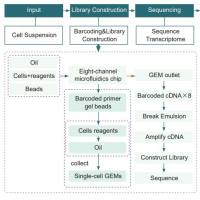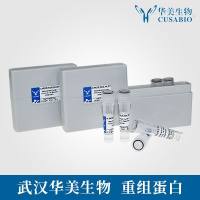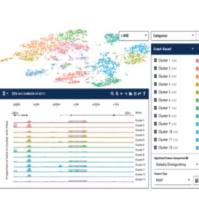The Use of Genomics and Metabolomics Methods to Quantify Fungal Endosymbionts and Alkaloids in Grasses
互联网
526
The association of plants with endosymbiotic micro-organisms poses a particular challenge to metabolomics studies. The presence of endosymbionts can alter metabolic profiles of plant tissues by introducing non-plant metabolites such as fungal specific alkaloids, and by metabolic interactions between the two organisms. An accurate quantification of the endosymbiont and its metabolites is therefore critical for studies of interactions between the two symbionts and the environment.
Here, we describe methods that allow the quantification of the ryegrass Neotyphodium lolii fungal endosymbiont and major alkaloids in its host plant Lolium perenne . Fungal concentrations were quantified in total genomic DNA (g DNA) isolated from infected plant tissues by quantitative PCR (qPCR) using primers specific for chitinase A from N. lolii . To quantify the fungal alkaloids, we describe LC-MS based methods which provide coverage of a wide range of alkaloids of the indolediterpene and ergot alkaloid classes, together with peramine.









